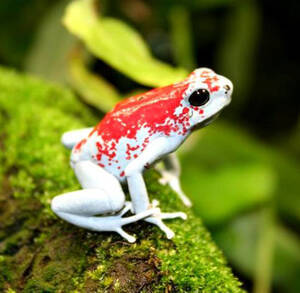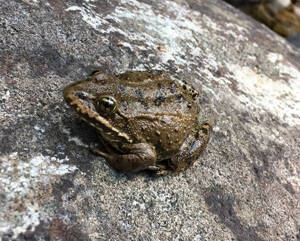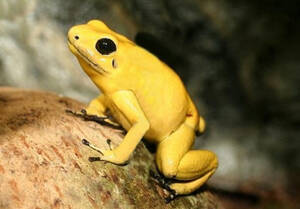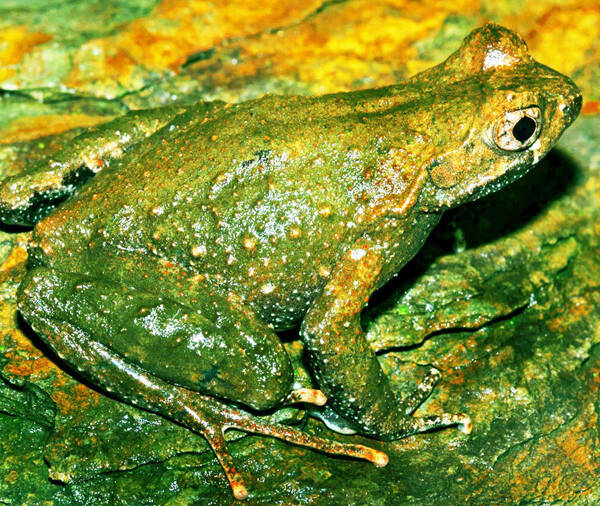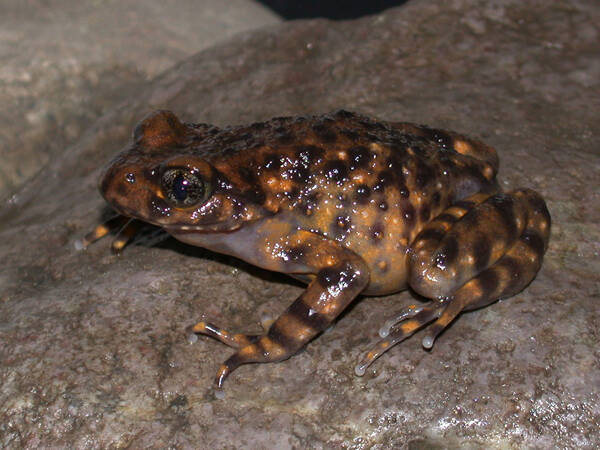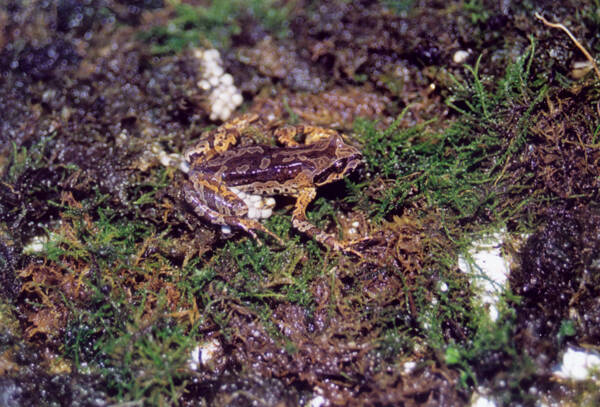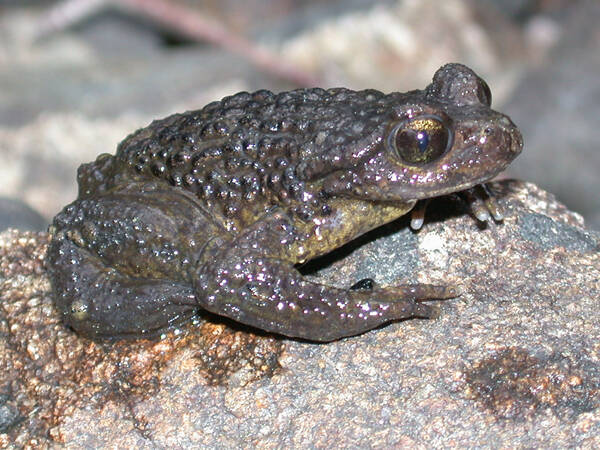Duttaphrynus melanostictus
IUCN
LCBasic Information
Scientific classification
- name:Duttaphrynus melanostictus
- Scientific Name:black-rimmed toad, toad, clam
- Outline:Anura
- Family:Anura Bufonidae Duttaphrynus
Vital signs
- length:The average length of male toads is 63 mm, while that of female toads is 96 mm.
- Weight:8-80g (average weight of male toads: 26g, average weight of female toads: 35g)
- lifetime:4-10 year
Feature
The toad in common sayings mostly refers to the black-spotted toad (in Taiwan it also refers to the Pangu toad).
Distribution and Habitat
It is mainly distributed in East China, and has also been found in Hong Kong, Taiwan, and Southeast Asia.
The black-rimmed toad is highly adaptable and can survive in different environments. It mainly lives in broad-leaved forests, riverside grasses, and agricultural and forestry areas. It also appears in areas with human activities, such as courtyards and ditches.
Appearance
The most distinctive feature of the black-spotted toad is the black bony ridge that starts from the snout and extends along the eye and nose glands to the upper eyelid and directly to the top of the eardrum, forming a black eye socket, hence the name. It is medium to large in size, showing obvious sexual dimorphism. The average length of males is 50 to 60 mm, while that of females can reach 90 mm or more. There are various body colors, the back is mostly yellow-brown or gray-black, with dark brown mottled spots on the surface, and the abdomen is milky yellow, with rough skin. The snout is blunt and round, the head is slightly wide, and there are black lines near the upper and lower jaws. The single pharynx contains the vocal sac. There are sausage-shaped parotid glands behind the eyes, and the eardrum is prominent. Except for the head, the whole body is covered with warts or small tumors of different sizes. The warts and small tumors all have black keratin spines. When frightened, in a
Details
In 2006, the phylogenetic study of amphibians readjusted the original genus Bufo, and the black-rimmed toad was classified into a new genus Duttaphrynus, with the scientific name Duttaphrynus melanostictus, but the more common old name Bufo melanostictus is still used on the IUCN Red List.
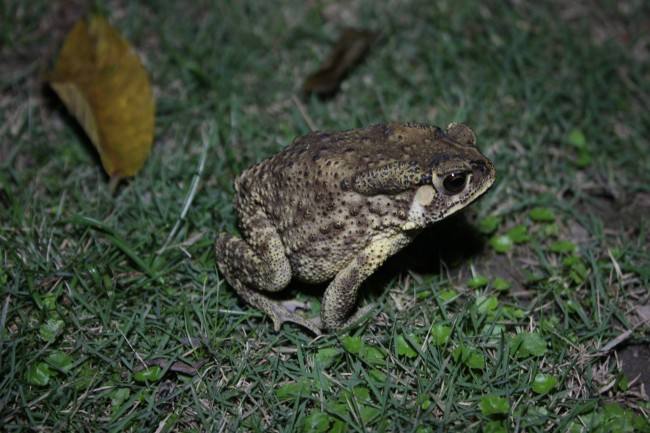
The main reason why toads are not popular is that they look rough, which can easily cause sensory discomfort to people, which leads to people not liking them and even deliberately hurting them.
Although most people don't like toads, toads are even more beneficial to us humans than frogs. First of all, toads are highly free amphibians. They don't breathe through their skin like frogs, so they can still go ashore even during the day. The prey of toads is highly consistent with that of frogs, both of which feed on various insects. Among these insects, there are a large number of agricultural pests, which is why we always find toads when we turn the soil in the fields. According to the research of zoologists, the amount of pests killed by toads in a day is more than twice that of frogs, which makes the "farmland guard" frogs a little ashamed. Therefore, we should protect it as much as possible instead of harming it.
Although it moves slowly, it is rarely attacked and invaded by carnivores. This is because there are poisonous glands in its body and the bumps on its skin, which can secrete white highly toxic juice, thereby effectively protecting itself. In Hong Kong, except for red-necked colubrids and cobras, which are not affected by its venom, other snakes generally do not choose to prey on black-rimmed toads.
The secretions on the skin glands and parotid glands of black-rimmed toads can be made into toad venom and used for medicinal purposes. It should be noted that they are poisonous, and specific medications should be used under the guidance of a doctor.
Strong survival ability and no major threats.
In September 2020, the National Forestry and Grassland Administration issued the "Notice on Standardizing the Scope of Classification and Management of Prohibited Wild Animals", prohibiting the breeding of black-rimmed toads for the purpose of eating, and allowing breeding for non-edible purposes such as medicine, display, and scientific research.
The black-rimmed toad is a "three-protected animal". The black-rimmed toad is a common toad, widely distributed throughout the country. It has been included in the "National List of Terrestrial Wildlife with Important Ecological, Scientific and Social Values". It is illegal to hunt and sell black-rimmed toads without permission. Artificial breeding of black-rimmed toads also requires a "three-protected wild animal domestication and breeding license".
Protect wild animals and eliminate game.
Maintaining ecological balance is everyone's responsibility!


